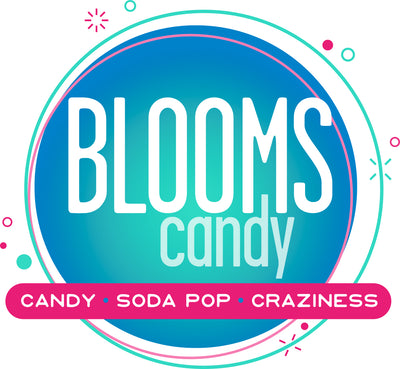Candy Trivia
Did you know…
Candy is made simply by dissolving sugar in water. The different heating levels determine the types of candy: Hot temperatures make hard candy, medium heat will make soft candy and cool temperatures make chewy candy.
About 65 percent of American candy brands have been around for more than 50 years.
Halloween is the holiday with the highest candy sales, followed by Easter, Christmas and Valentine's Day.
Candy does not contribute a large percentage of the fat and sugar in the American diet.
In fact, less than two percent of the fat and ten percent of the sugar in our diets are supplied by candy. Most of the fat actually comes from the high-fat animal products we eat. The main sources of sugar in America's diets are sugary beverages, baked goods and frozen desserts.
Not all foods high in saturated fats raise cholesterol levels.
Contrary to popular belief, not all types of saturated fats raise blood cholesterol levels. Stearic acid, the primary saturated fatty acid found in chocolate, has been shown to have a neutral effect on blood cholesterol levels.
A solid milk chocolate bar contains about the same amount of caffeine as a cup of decaffeinated coffee.
A 1.4 ounce piece of milk chocolate contains about the same amount of caffeine as a cup of decaffeinated coffee. There is an average of 6 mg. of caffeine in both an ounce of milk chocolate and a cup of decaf, while a cup of regular coffee contains between 65 and 150 mg. of caffeine.
The sugar in candy does not causes hyperactivity in children.
Sugar does not cause hyperactivity in children, despite widespread belief to the contrary. Recent studies conducted at Vanderbilt University and the University of Iowa College of Medicine found no evidence that sugar has an adverse effect on children's behavior.
Candies like jelly beans, gum drops and hard candies are low in calories.
One butterscotch disc has only 20 calories. Eight gum drops or eight jelly beans (the equivalent of one ounce) contain 115 calories. Most of these types of candies are fat- and cholesterol-free, too.
Chocolate is not addictive.
Although it's true that many people love the taste of chocolate, it is not an addictive food. An addiction is a serious medical condition with specific physical and psychological symptoms. However, the desire for sweet tasting food is a strong biological drive, and it can be satisfied by eating any naturally sweet food or product made with sugar.
Candy does not promote tooth decay more than any other food.
Any food containing fermentable carbohydrates, such as starches or sugars, can contribute to tooth decay. It all depends on how often we eat and drink these foods and how long they remain in our mouths. Good dental hygiene and regular fluoride treatments are the best ways to prevent cavities.
